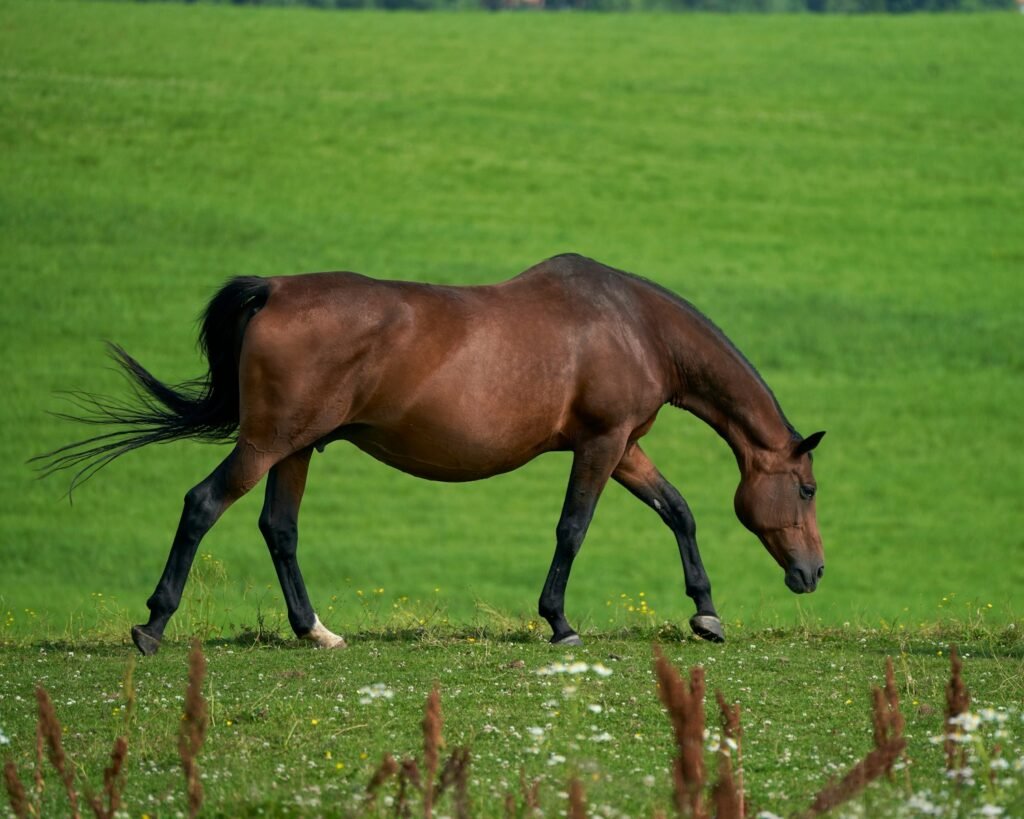They materialize on the horizon like a rumor – manes lifted by desert wind, hooves scoring crescents into dust, bodies toughened by a life lived at the edge of scarcity. In the American West, wild mustangs are celebrated on murals and license plates even as they are counted, captured, and argued over in hearing rooms and corrals. The contradiction is stark: icons of freedom that survive by a thread of fences, budgets, and science. As drought tightens and rangelands change, the question is not simply whether we love these horses, but whether we can manage them as wildlife, livestock, or something else entirely. The latest research – and the newest technologies – are quietly rewriting that story.
The Hidden Clues
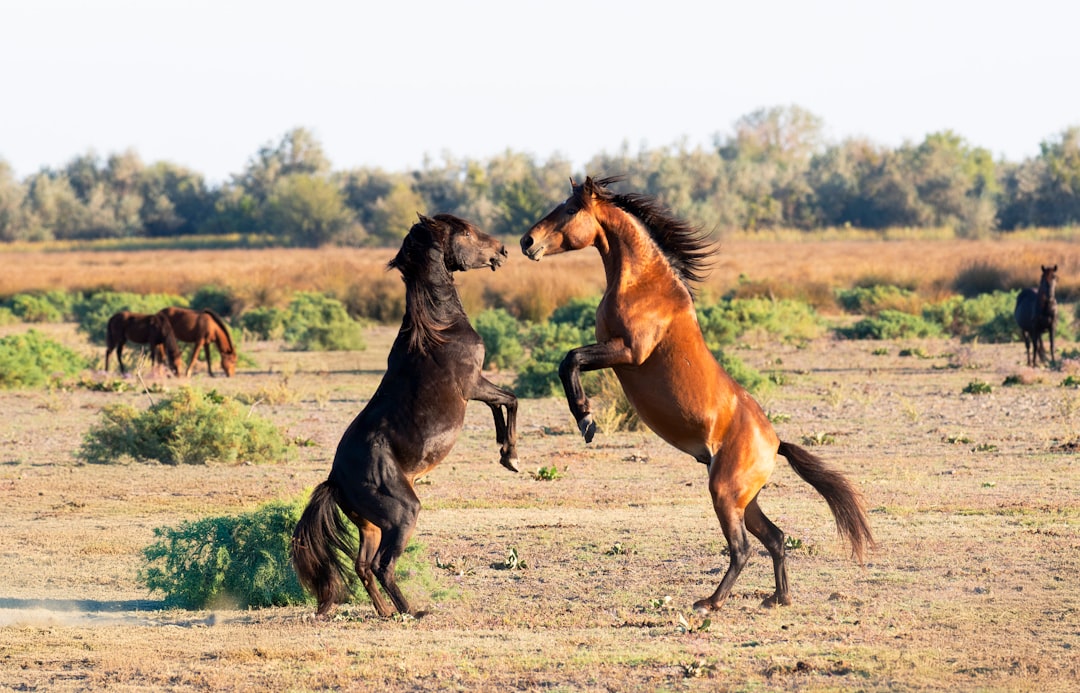
On a predawn survey near a dry basin, I watched a band stallion pivot his ears like twin radar dishes, as if he were scanning the invisible. Behaviorists would say he probably was: family bands communicate through posture, spacing, and subtle movements long before a chase erupts or a foal is ushered to cover. These patterns are not just poetry; they’re data points that reveal social stability, stress, and resource use. When researchers map those tiny signals – who yields, who follows, who drinks first – they can predict where conflicts spike or where fertility control would be least disruptive.
The clues extend to the landscape itself. Hoofprints cluster around seeps and riparian pockets, sketching heat maps of water dependence that satellite photos later confirm. Even the shade lines around lone junipers trace a daily rhythm of recovery and retreat. In a region where minutes of shade can spell survival, those patterns are as telling as DNA.
From Ancient Tools to Modern Science

Herd knowledge used to live in notebooks and pickup-truck dashboards, built from long memory and careful watches through binoculars. Today, that wisdom is paired with aerial thermal imaging, machine-learning counts, and noninvasive fecal DNA that marks genetic diversity without a single rope thrown. GPS collars, designed to minimize rubbing and injury, are deployed sparingly to reveal migration corridors and night-time detours a human would never see. These tools reduce guesswork around population size, foaling rates, and seasonal movements that once hinged on rough estimates.
Reproductive science has leapt forward too. Immunocontraceptives like PZP and GonaCon, delivered by dart in some herds, lengthen interbirth intervals without permanently sterilizing mares. Managers now model how a few precise treatments can ripple across a band’s dynamics for years, curbing growth while preserving natural behavior. It is not glamorous work, but it’s the difference between perpetual emergency gathers and a steady, predictable glide toward balance.
Landscape on the Edge
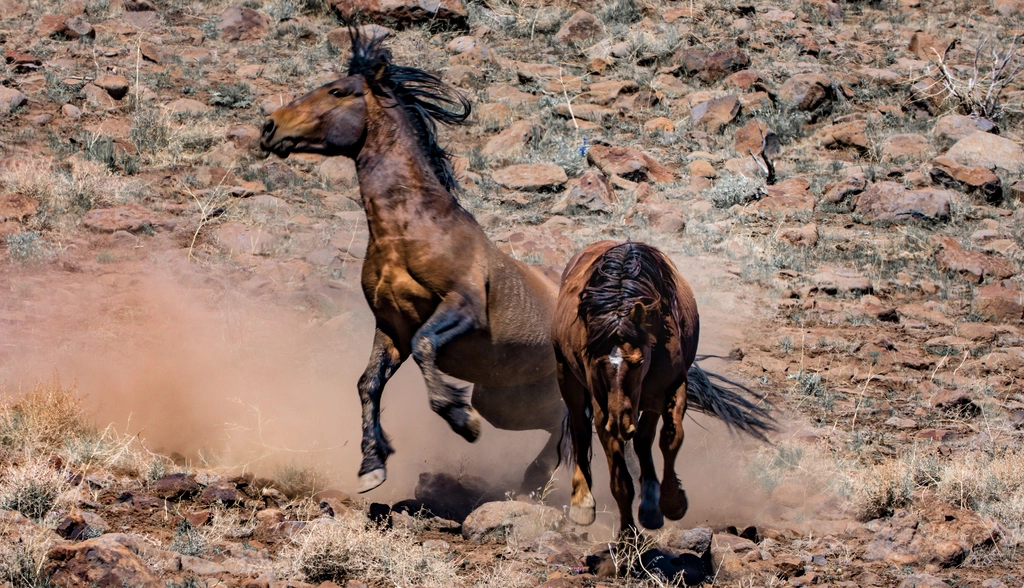
The West where mustangs run is changing faster than their runs can adjust. Longer, hotter summers parch springs; winter storms arrive in erratic bursts that green the range for a heartbeat and then fade. In that swing, horses press harder on riparian zones already shared with pronghorn, elk, and cattle, and small pockets of green become arenas of quiet competition. Scientists track the aftermath in bank collapse, invasive plants, and the shrinking quilt of native grasses.
None of this happens in a vacuum. Wildfire reshapes forage mosaics, pushing bands into new drainages that lack the hard-earned etiquette of older trails. When water trucks and emergency troughs appear, horses quickly learn the schedule, concentrating animals in ways nature never intended. The picture that emerges is not of villains and victims, but of needs colliding at a shrinking oasis.
Numbers That Tell a Story

Population figures are lightning rods, but they matter because they guide nearly every decision. Agencies estimate that free-roaming horses and burros on public lands in the United States number in the tens of thousands, with several herds growing faster than the landscape can sustain without intervention. Growth is driven by high survival in some areas, limited predation, and patchy access to fertile valleys. At the same time, tens of thousands of animals live off-range in pastures and corrals, a long tail of management that now consumes much of the program’s annual budget.
What the numbers rarely reveal is how uneven the story is. Some herds show stabilized trends after years of fertility control, while others spike after successive wet seasons. A few small, isolated groups face the opposite problem: too little genetic exchange and rising inbreeding risk. In all cases, scientists emphasize that counting better is not a luxury – it’s the first rung on a ladder to every other solution.
Why It Matters
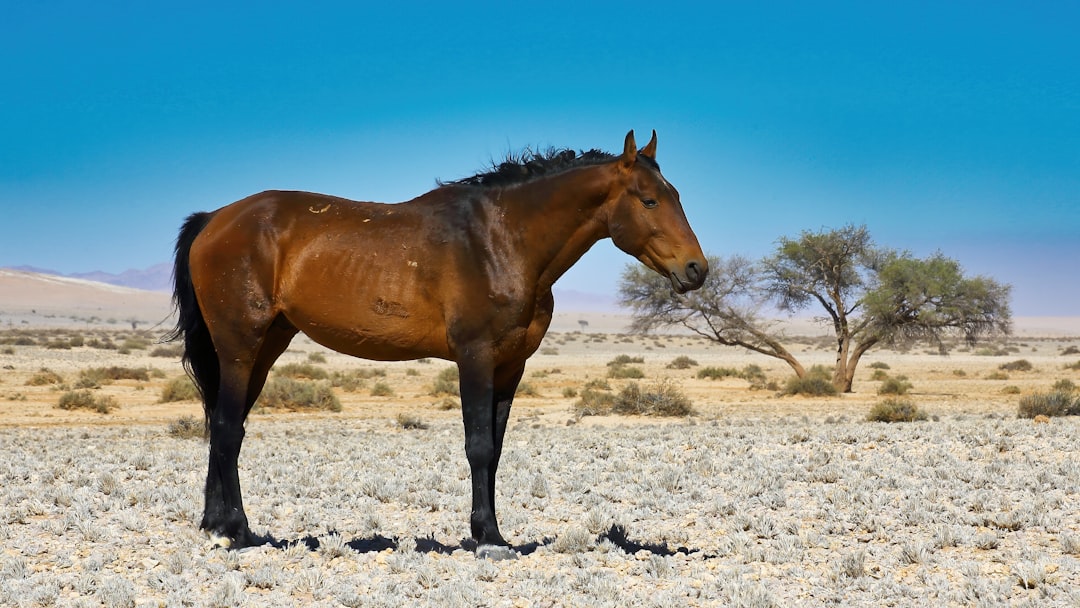
Mustangs are a mirror for our biggest conservation questions: What do we owe to species that are historically introduced yet culturally native? How do we weigh the charisma of a horse against the quiet needs of a willow flycatcher or an endemic fish? Traditional range management treated horses primarily as a use to be balanced; modern wildlife science asks for a fuller ledger that includes genetics, behavior, and ecosystem processes. The difference is not merely philosophical – it changes where water goes, how fences are placed, and when helicopters fly.
There is a broader scientific stake here too. Free-roaming horses are living laboratories for topics as diverse as social networks, stress hormones, and adaptation to aridity. Lessons from their physiology – water economy, heat tolerance, forage switching – carry into research on resilience under climate extremes. If we can get mustang management right, we gain a blueprint for working with other large herbivores caught between heritage and habitat in a warming world.
Global Perspectives
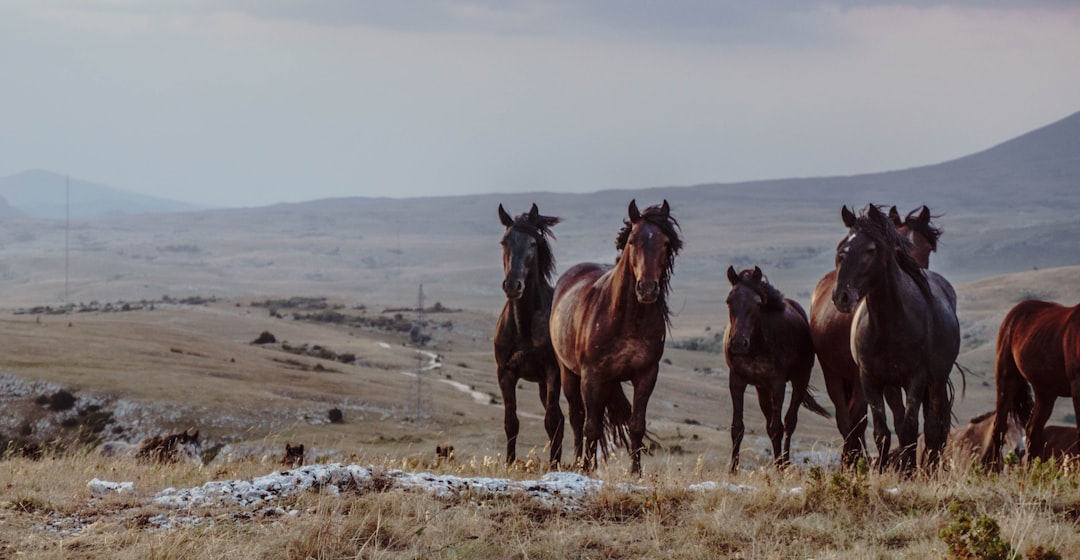
America is not alone in this debate. Australia’s brumbies test the limits of giant alpine and desert ecosystems, with scientists and communities split over identity and impact. In Europe, semi-wild Konik and other hardy breeds are used in rewilding projects to mimic vanished grazers, shaping wetlands and grasslands through carefully managed herds. Namibia’s desert horses, meanwhile, endure at the ragged edge of rainfall, a reminder that free-roaming equids can persist in places that appear impossible to us.
Context matters, and it reframes what “wild” means. North America’s horses descend from domestic stock yet tread the continent where prehistoric horses evolved and later vanished, a twist that muddies the usual native-versus-nonnative divide. Around the world, scientists are studying how grazing mosaics, predator absence, and water management alter outcomes more than labels do. Those comparisons sharpen the American argument and offer a menu of experiments worth trying – cautiously, transparently, and with local voices at the table.
The Future Landscape
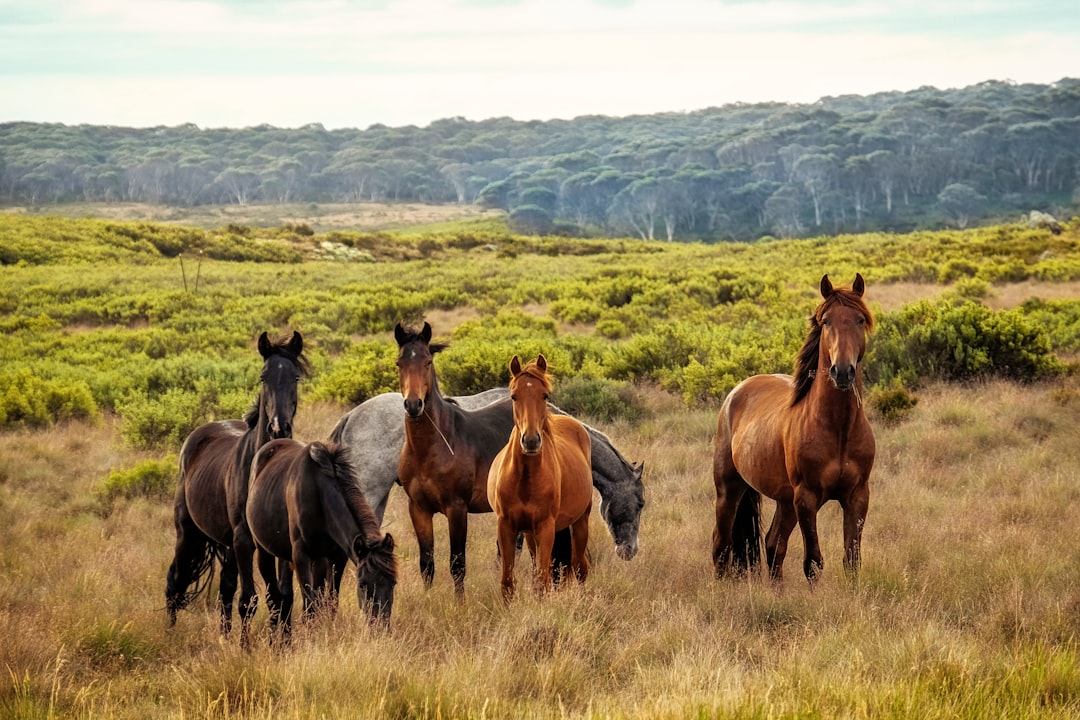
The next decade will be decided by precision, not rhetoric. AI-assisted aerial surveys promise more accurate counts across vast ranges, while high-resolution satellites reveal riparian stress before it hits crisis. Long-acting contraceptives under refinement could reduce handling and flight responses, allowing bands to stay intact while growth slows. Genetic monitoring – via hair snares, dung, and portable lab kits – will flag when isolated herds need exchange to prevent harmful bottlenecks.
Policy will need the same upgrade. Adaptive, herd-specific plans can replace one-size-fits-all gathers, with thresholds tied to real-time data rather than a calendar. Partnerships with Tribes, ranchers, and local advocates can unlock shared water projects and fence designs that route animals without injury. None of it eliminates hard choices, but it shifts them from triage to stewardship, and that is a change worth making.
What You Can Do
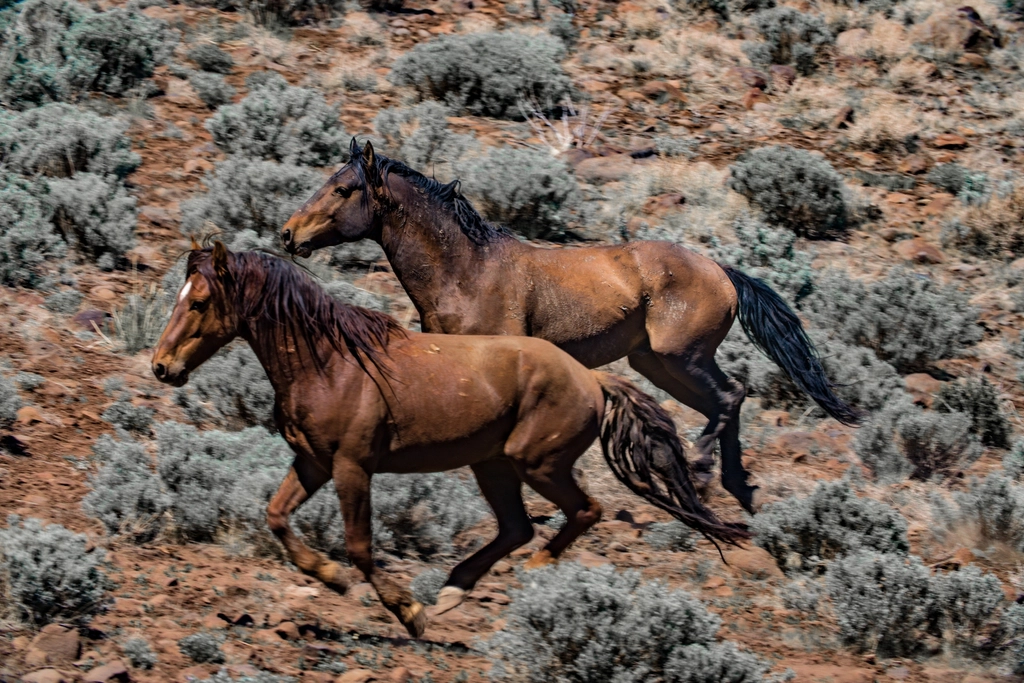
Start by getting close to the facts, not the loudest headline. Read herd-specific plans where you live, and ask how counts are done, how often fertility control is used, and how outcomes are measured. If you visit mustang country, stick to established routes, keep dogs leashed near water sources, and give bands space so their energy goes to survival, not evasion. Support fieldwork that collects noninvasive data; small grants and volunteer hours can make the difference between a guess and a model.
Consider the long arc, not just the urgent moment. Respected sanctuaries, adoption and training programs with strong welfare standards, and research groups advancing humane, data-driven management all move the needle. Encourage decision-makers to invest in monitoring and transparency, even when the numbers complicate the story. In a world where freedom and vulnerability can share the same hoofprint, the most powerful act is to insist on solutions that are both humane and honest – because what future would you want written in the dust behind those running horses?

Suhail Ahmed is a passionate digital professional and nature enthusiast with over 8 years of experience in content strategy, SEO, web development, and digital operations. Alongside his freelance journey, Suhail actively contributes to nature and wildlife platforms like Discover Wildlife, where he channels his curiosity for the planet into engaging, educational storytelling.
With a strong background in managing digital ecosystems — from ecommerce stores and WordPress websites to social media and automation — Suhail merges technical precision with creative insight. His content reflects a rare balance: SEO-friendly yet deeply human, data-informed yet emotionally resonant.
Driven by a love for discovery and storytelling, Suhail believes in using digital platforms to amplify causes that matter — especially those protecting Earth’s biodiversity and inspiring sustainable living. Whether he’s managing online projects or crafting wildlife content, his goal remains the same: to inform, inspire, and leave a positive digital footprint.

